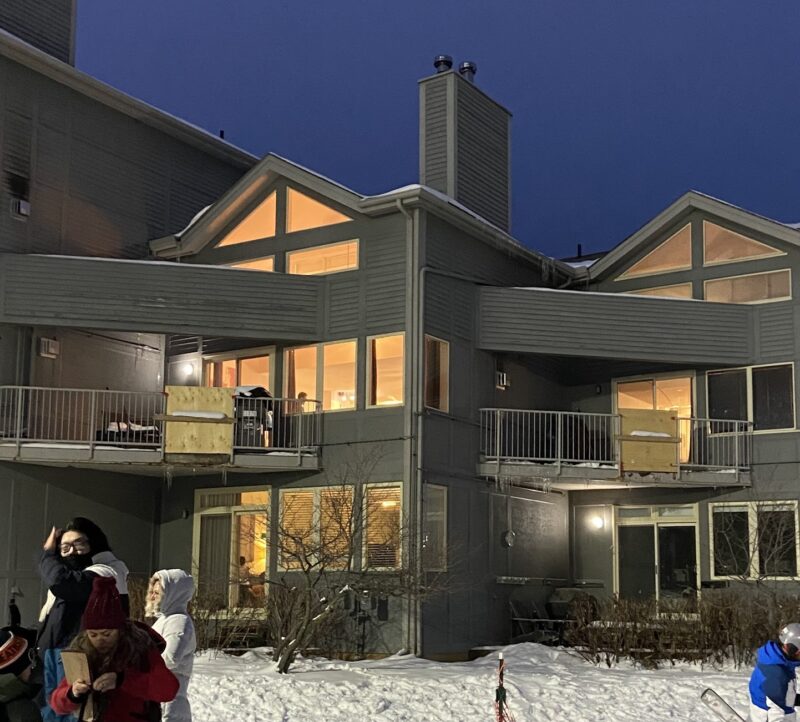This has been my final fall semester at Rhodes College and I can confidently say that it was filled from top to bottom with Edith Wharton. I read House of Mirth in the summer and then dedicated the semester to analyzing it for my senior seminar paper, and I just finished The Age of Innocence yesterday. (The latter won the Pulitzer Prize; I think the former should have.) Edith Wharton had a curious fascination, or maybe obsession, with houses, and this shone through in both novels and then I found out that she’d in fact authored a book on interior design with an architect friend called The Decoration of Houses, and considered herself an explorer of architectural art, noticing balustrades and ornaments and moldings wherever she travelled.
The following is a quotation from one of her short stories, which I love:
“But I have sometimes thought that a woman’s nature is like a great house full of rooms: there is the hall, through which everyone passes in going in and out; the drawing-room, where one receives formal visits; the sitting-room, where the members of the family come and go as they list; but beyond that, far beyond, are other rooms, the handles of whose doors perhaps are never turned; no one knows the way to them, no one knows whither they lead; and in the innermost room, the holy of holies, the soul sits alone and waits for a footstep that never comes.”
I thought it was lovely, lovely as it was lonely. I have also often thought that houses reflect the psychological growth of a person, and that minds can swing shut and open again as easily as doors, and sounds and emotions move through walls.
Meanwhile I’ve come home for Christmas and spent it blissfully with family where I sort of didn’t realize Christmas had come and gone by until, well, it had. It’ll be the first holiday we spend in this one-bedroom apartment in downtown Hamilton we moved into in the spring. My family has moved houses every summer since first year, so for me there’s been no feeling of coming back to my childhood bedroom untouched and reeling from the emotional dissonance that my friends say they feel. I have been spared that—and perhaps luckily. Me and my two suitcases have constantly entered a new home, and so each feels like a separate chapter of my life. Adjusting to the new town and surroundings of the house always kept me anchored to the present instead of letting me spiral back into the past as my friend said she did when she entered the room she’d spent her middle and high school years, and experienced an awful sensation where the adult self she’d curated through several semesters in college seemed to dissipate into air.
I’ve begun to read The Sea, The Sea by Iris Murdoch. It’s a Vintage Classics Edition printed elegantly in Perpetua font—I couldn’t help noticing—one of my favorites. And the cover is a roiling pattern of blue and green like the sea, until you notice it’s a blue shirt worn by a woman, shown by a bit of hair; and the jungle-esque leaves, emerald-colored, shroud her figure. She must be Hartley, the first love of our narrator Charles.
So far in the book Charles Arrowby seems to be fairly reliable. Though I’m admittedly looking forward to seeing the narration unravel as I’ve been told it will. A sixty-year-old retired actor with strong principles on food, living in seclusion near the sea in a house on the cliff—he, too, seems to have some psychological connection with his house, Shruff End. He’s already discussed his childhood home, Shaxton, and how in this seaside house, he feels utterly alone for the first time. “I am very conscious of the house existing quietly about me,” he says. “Parts of it I have colonized, other parts remain obstinately alien and dim.” I’ve never lived in a house large enough to feel alienated by its rooms and chambers, and for that I am glad.
A very old-fashioned saying I read somewhere goes: a house is not a proper house before it’s been consecrated with birth, marriage, and death. Nowadays the first two don’t even occur in houses anymore. A possible alternative, perhaps, could be the New Year. Watching the New Year draw in. It is a groundbreaking event though often masked by the fog that draws over the week following the Christmas holidays. But I like to believe that on the first day of January there would’ve been a profound change deep in the winter air. In that sense, our family’s one-bedroom apartment tonight is about to be consecrated as a real home at midnight, and I am looking forward to it.
